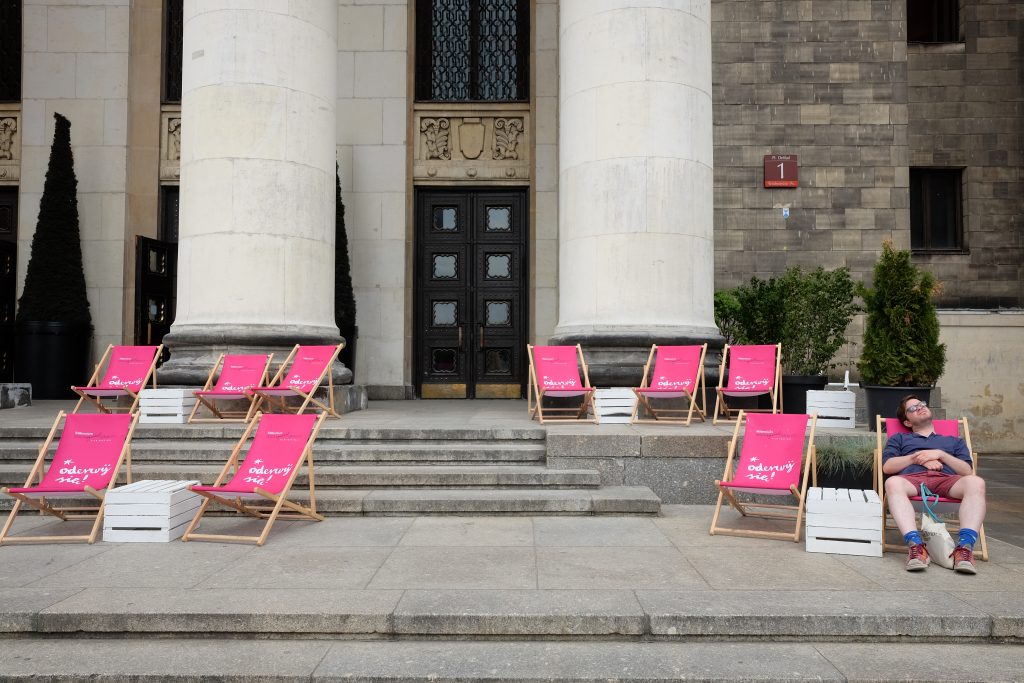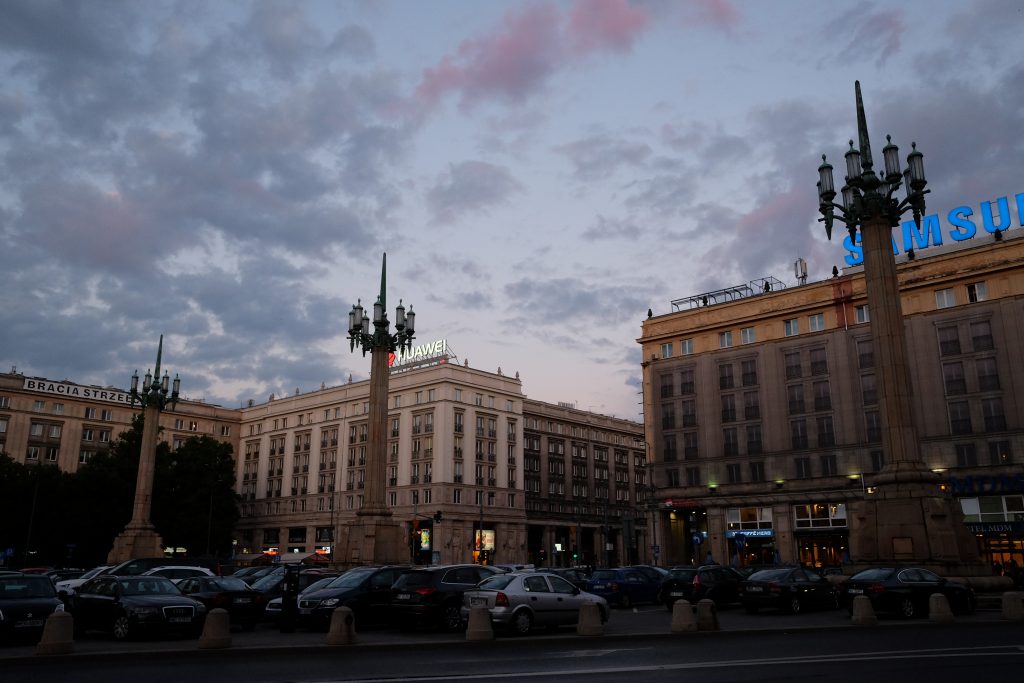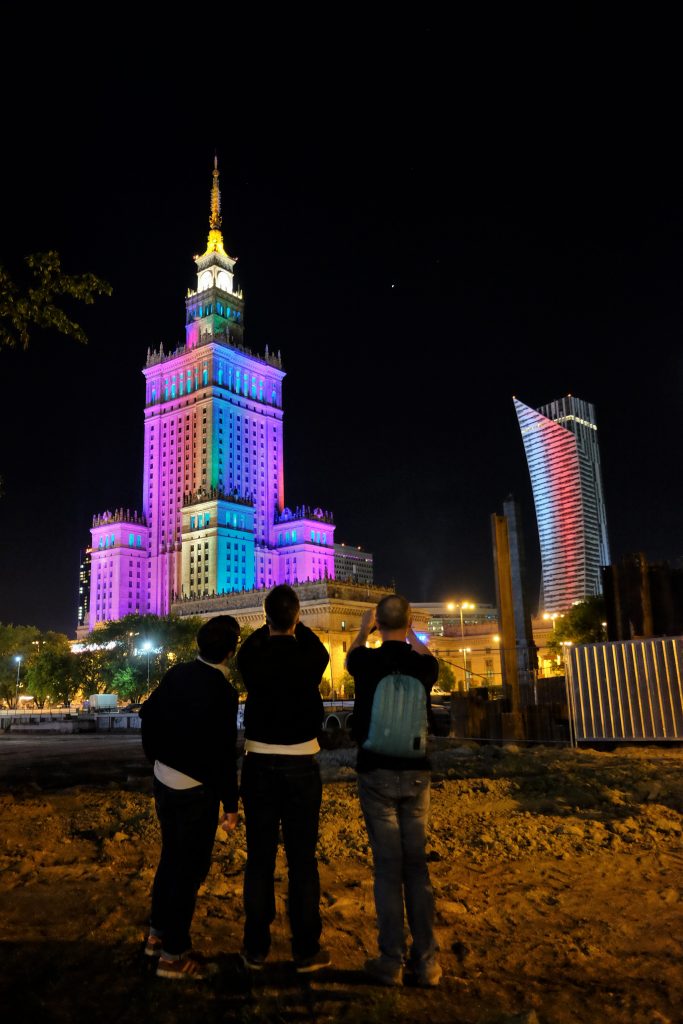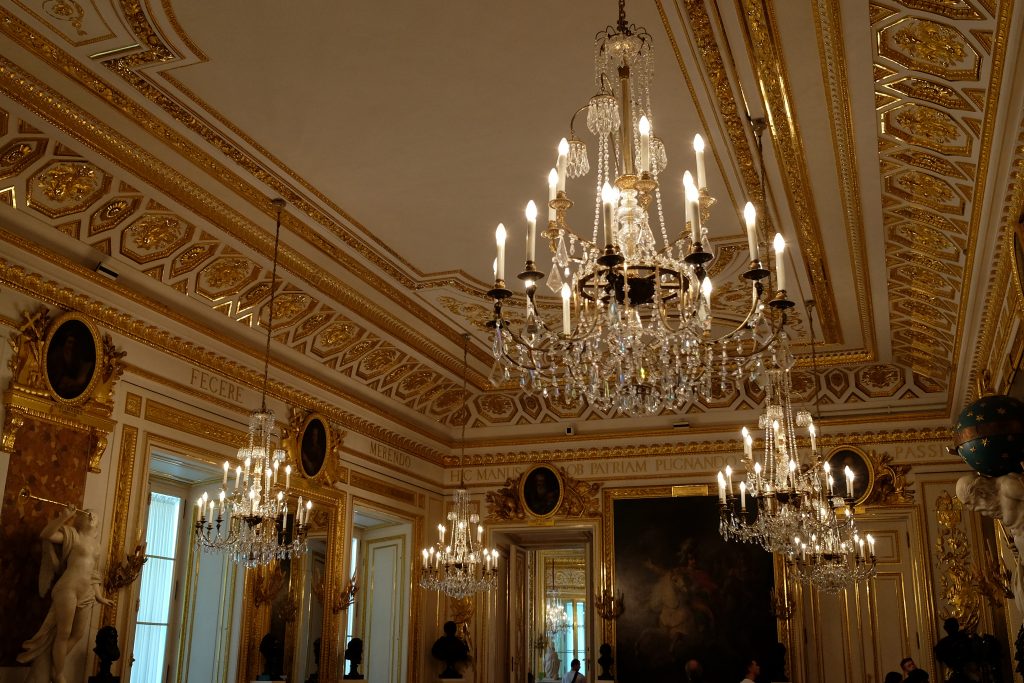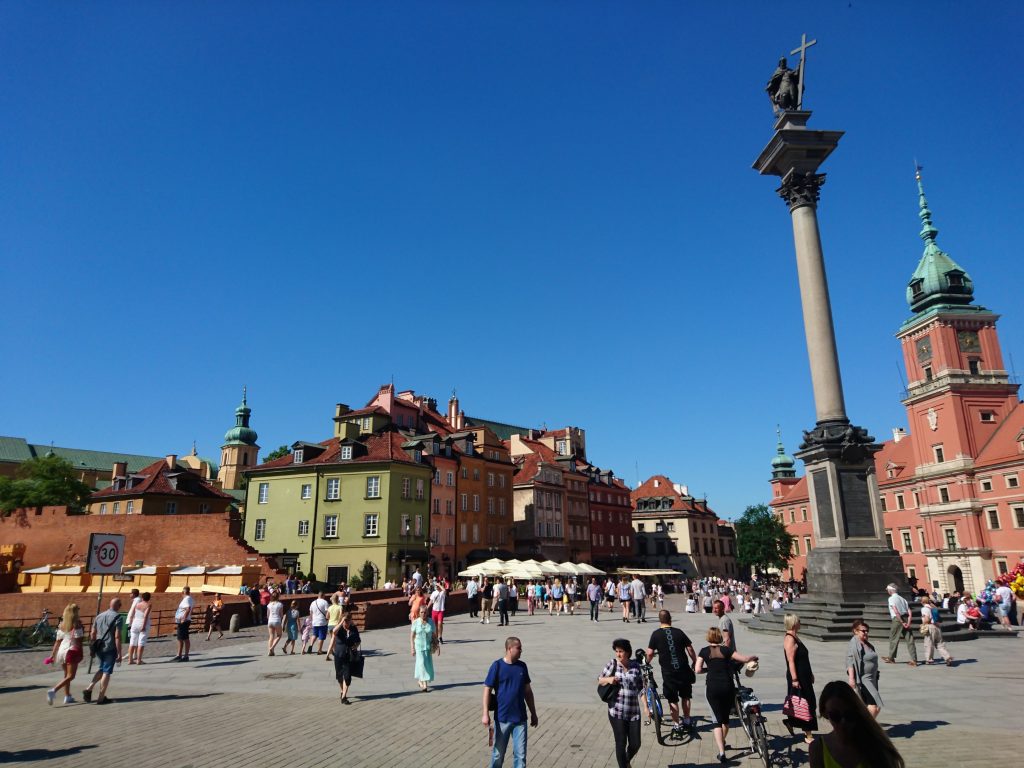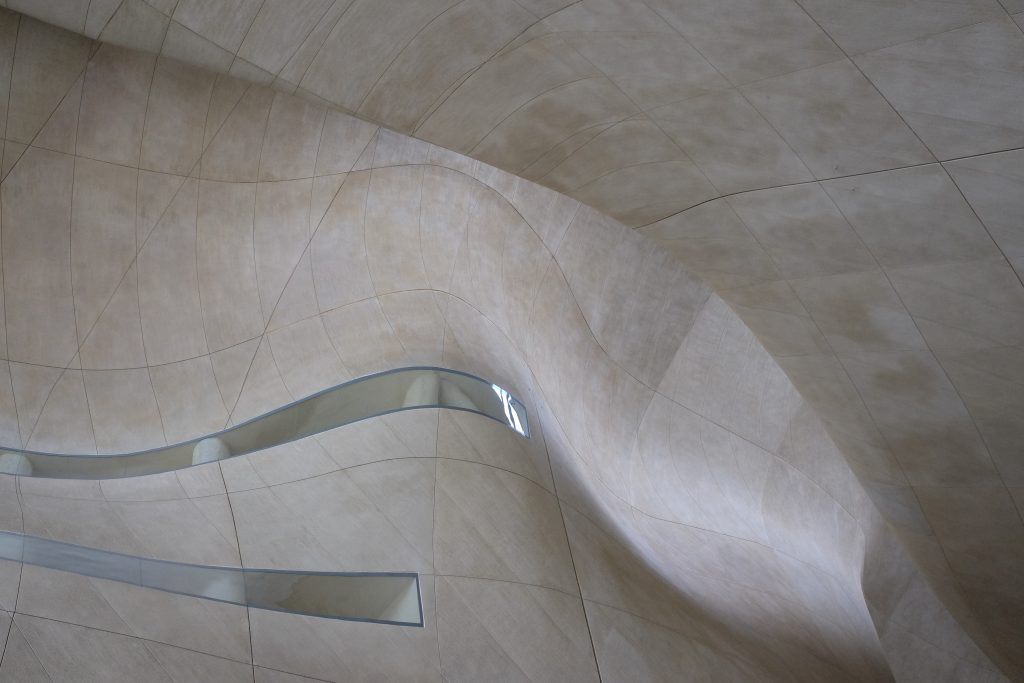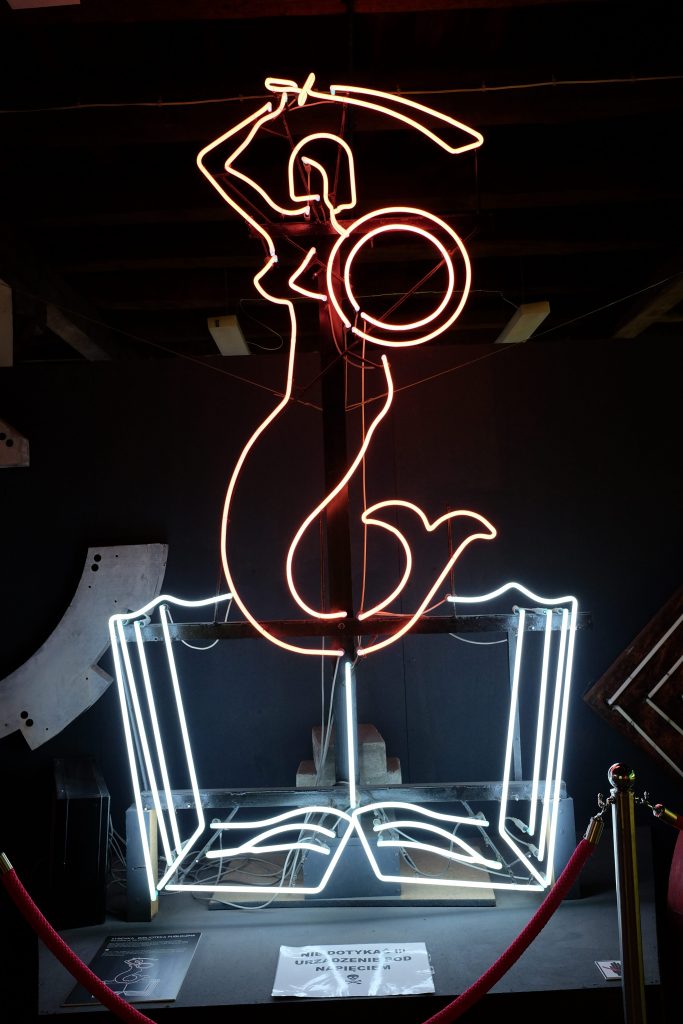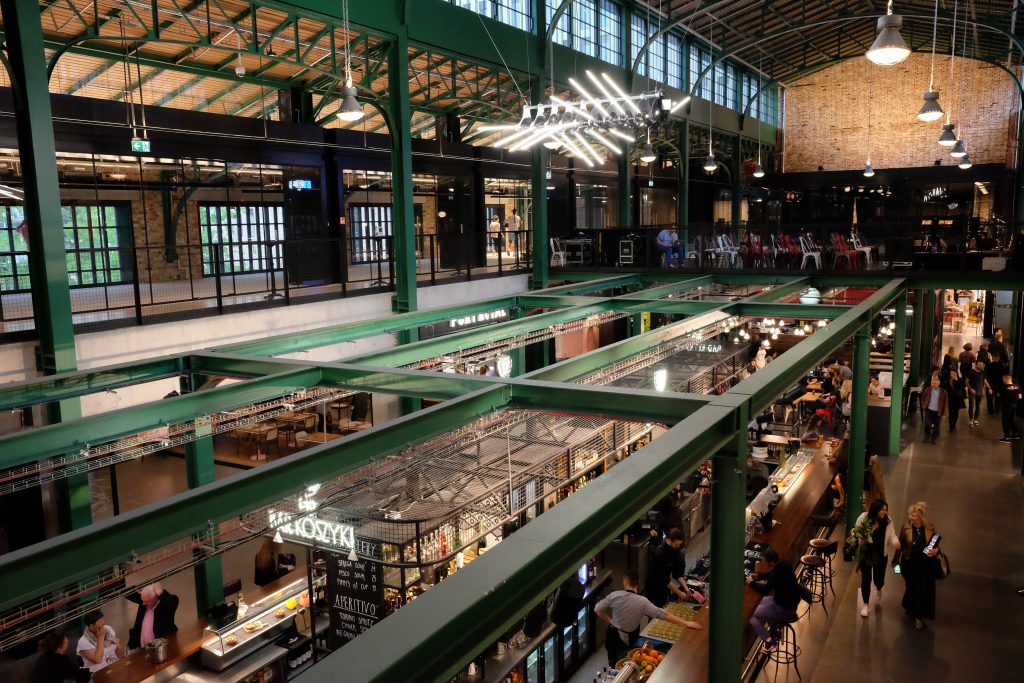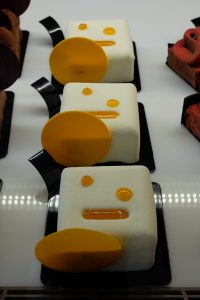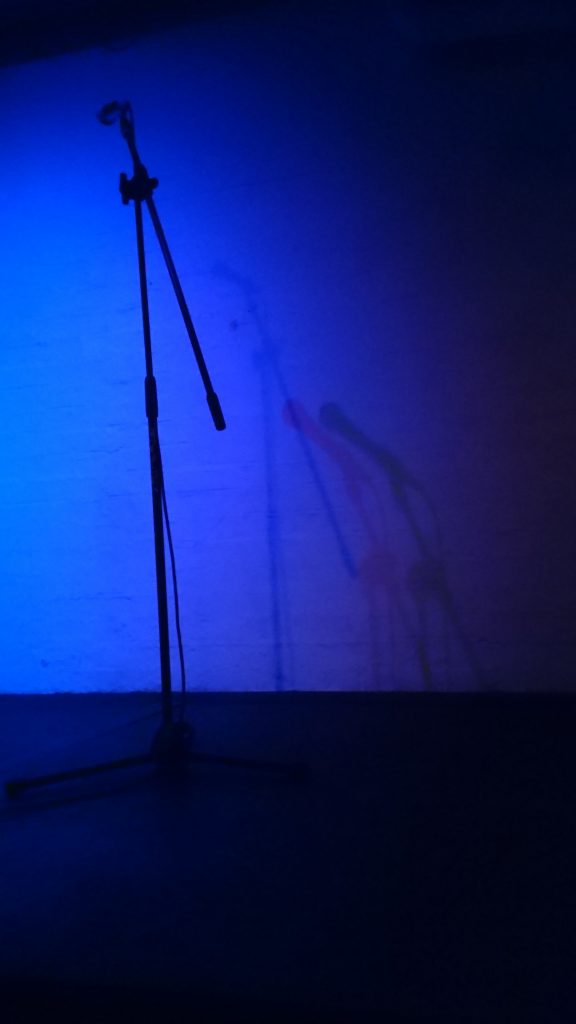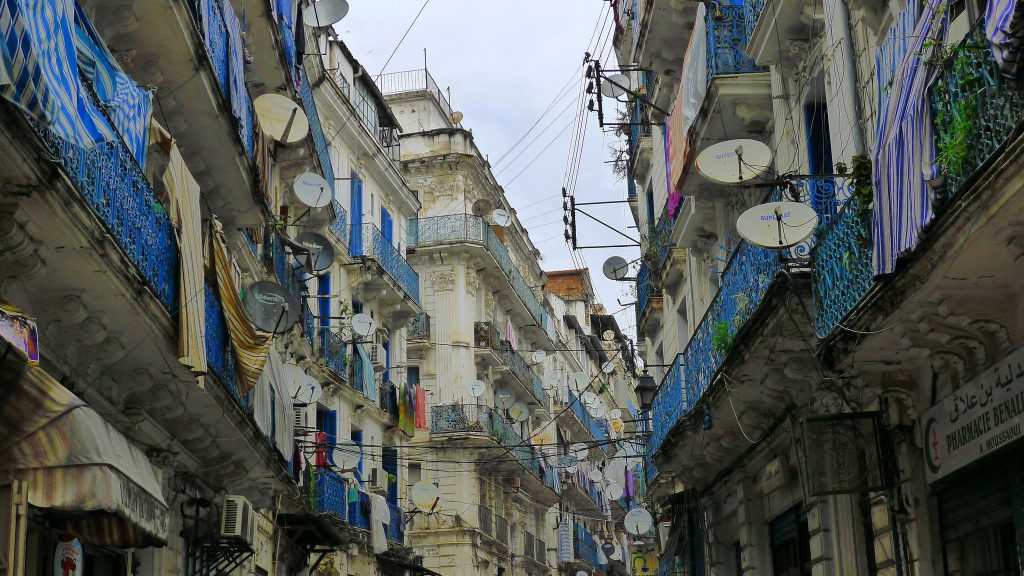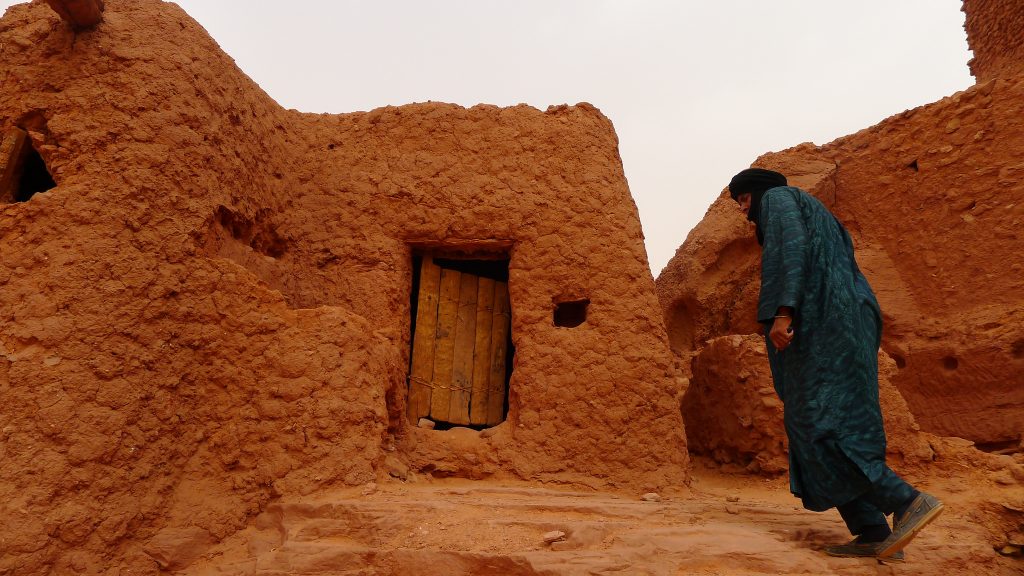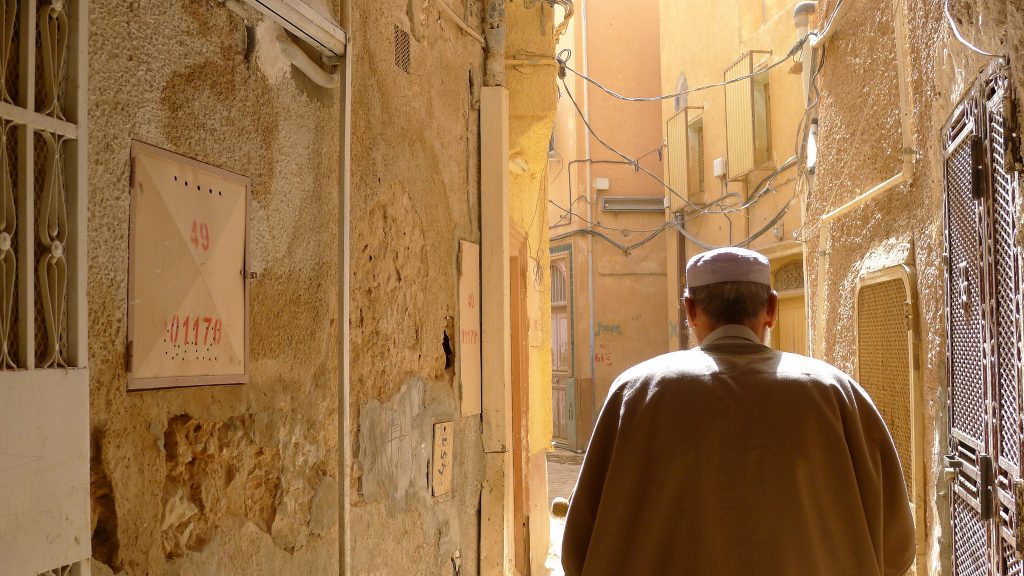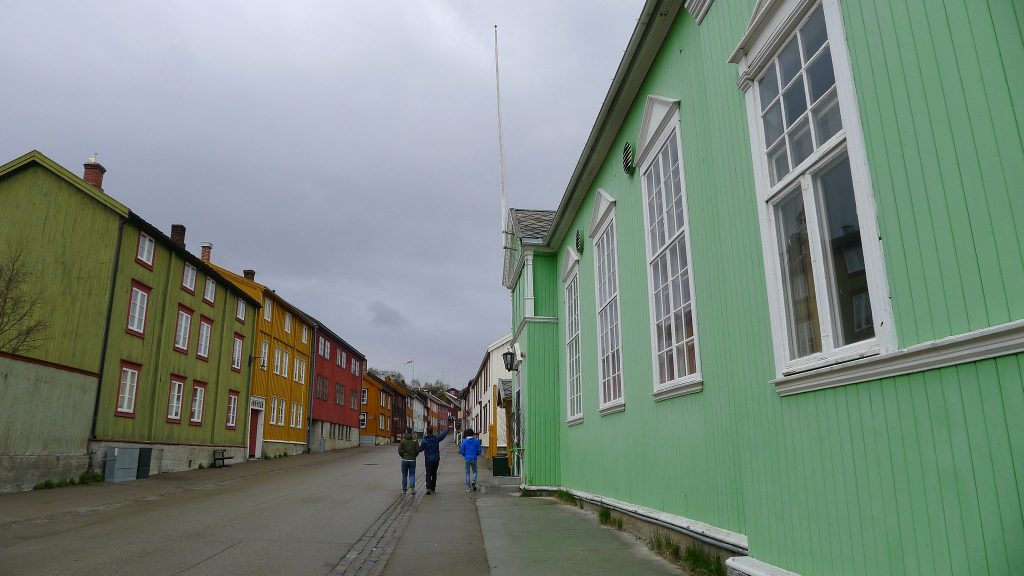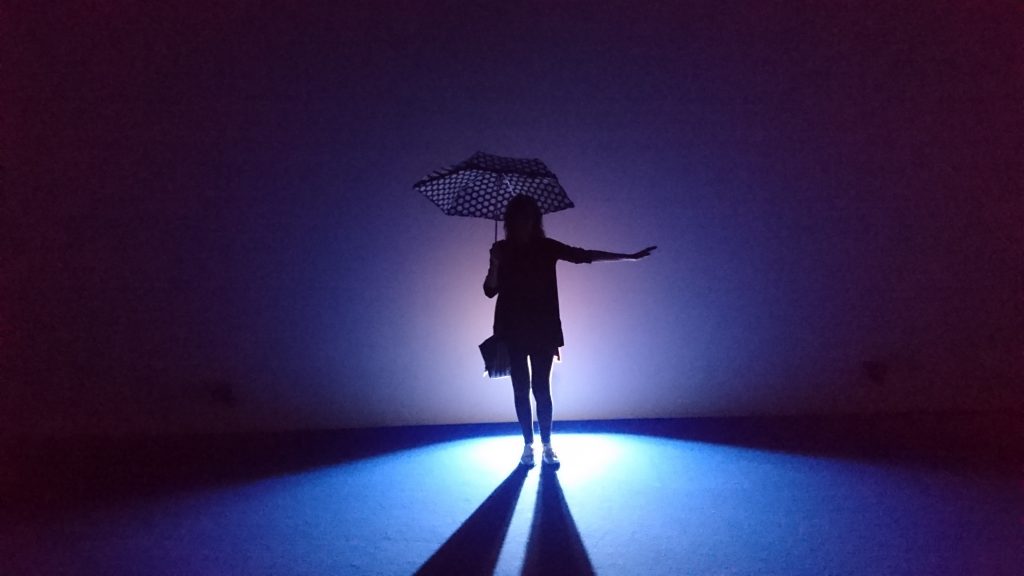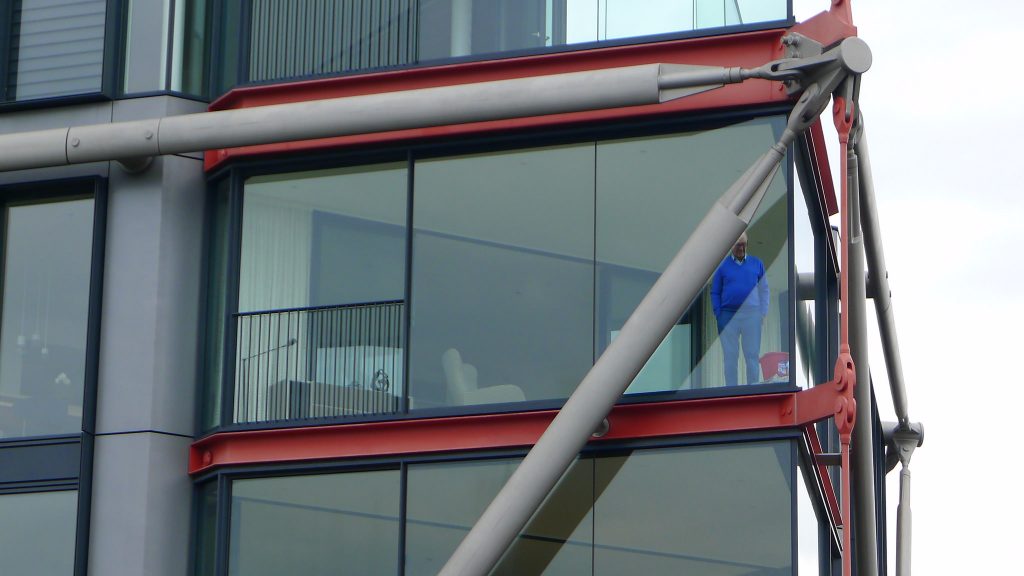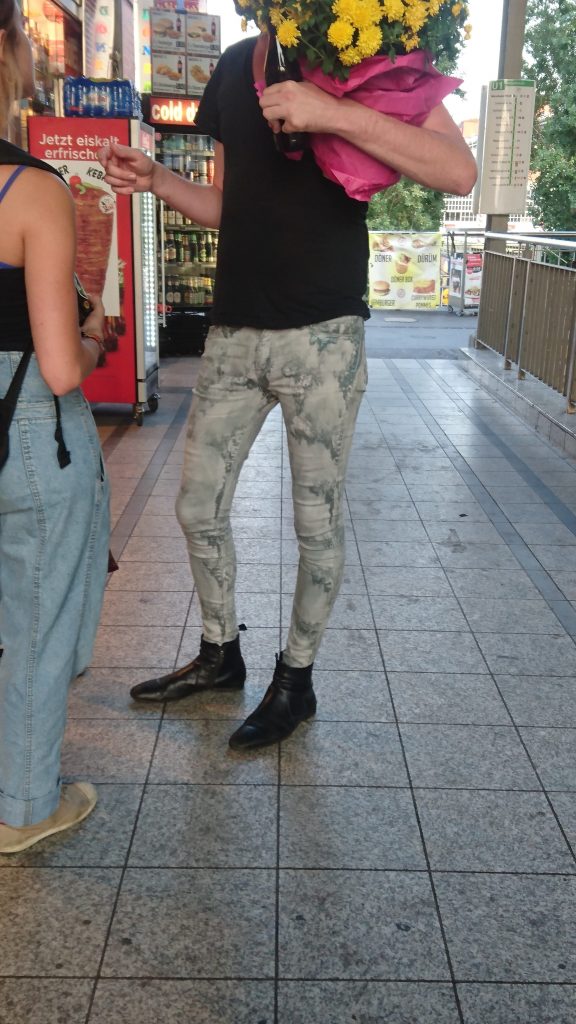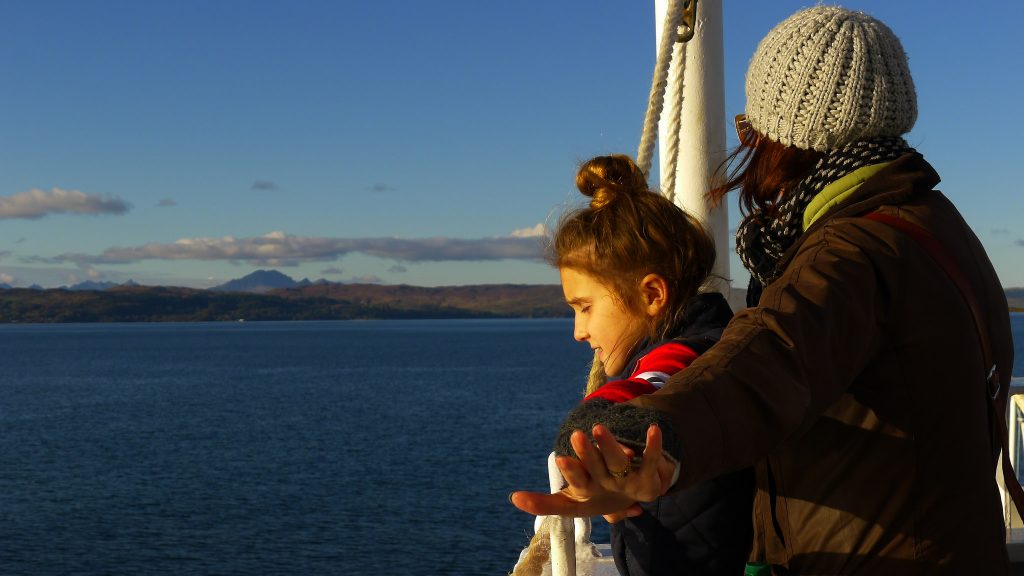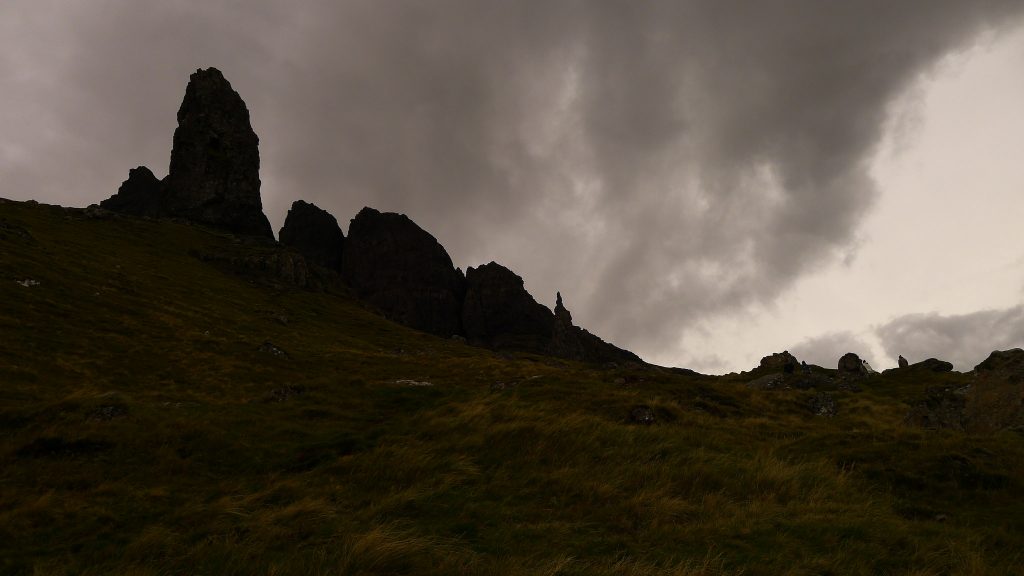
After the Georgian feast on day one, my friend and I went back to Communist HQ Hotel to watch some baffling TV before sleeping fitfully all night. Top tip, try to eat before 10pm. Day two began with a leisurely breakfast followed by a food tour with a local, organised via http://tasty-kyiv.com. Putting the food tour early in the holiday is a great idea, so you have a much better idea of the Kiev food scene.
Our guide Tania was a delight, and our tour began by walking through the city centre, talking about what it was like to grow up at the end of the Soviet Union, living in Kiev during the Maidan revolution and what it’s like to live in a country at war with Russia. From my British perspective, this is a war that has ended because it’s not on rolling news. Tania politely rebuffed this, and of course she was right. Since my visit, I have found myself reading stories of a war that is just simmering away, grinding the people down. Take this story of men who can’t collect their pensions because the office they need to visit is through the front-lines. I can’t but feel that the Ukraine authorities could help pensioners better if they had the will, but wars are funny things.

To get to our first stop, we have to pass a building right in the centre of the city that advertises a “Gentlemen’s Club” which is, I’m sure, full of fulfilled women dancing for pleasure and true gents there to support the arts. We arrive in the central food market where anything that can be pickled is there, in a jar. All this pickling makes for great photos and I sneak a few before a stall-holder tells me not to take photos in case the jars get upset, or some such reason. As we move through this labyrinth of pickles, Tania tells us about the traditional methods of storing food that still hold sway today. I can’t say I have a great love of pickled foods, and I have renewed respect for my fridge. Further on, we see a staple of Ukrainian cuisine, Salo. It’s cold, white pork fat, often served with something pickled and while it looked appealing, I couldn’t quite bring myself to eat it. Despite being an aspiring vegetarian, I tried a slice of deer and my friend had a slice of horse which was a no-no from me.

The second stop was a legendary site in Kiev, the first place in the city to serve up fast food before the likes of McDonalds arrived. Kiev perepіchka is a tiny booth on the street that serves up sausage in deep fried dough. You can immediately tell it’s trash food, but it’s so tasty that even when the strip of paper they give you to clean up with simply moves the grease around your face, you don’t care. Perhaps you could revive a flagging relationship by romantically licking the fat off each other’s faces? Or bring your own tissues.

We continue our walk and learn more about the city and revolution, before Tania takes us to a restaurant and bar called The Last Barricade. It’s hidden within the discretely ugly Globus shopping centre, right in the middle of where the 2014 protests were. Part of its appeal is that you’ll need some local knowledge and a password to get in. The password is something suitably impossible to say. Tania tried to teach me the words, which I dutifully mangled and we were permitted behind the iron curtain. Symbolism is heavy here, where you pass through a wall to enter the bar and bricks in the building are designed to look like paving slabs pulled up during the most intense stage of the revolution. There are even sculptures of hands by the entrance, suggestive of people working together. We’re told at the bar that all the produce is proudly Ukrainian. It could be easy to think that a restaurant that’s also partly a museum celebrating Ukraine’s trio of revolutions since 1991 is going to be a political meal (our specials, empty promises and lies on buses) but the food is brilliant and it manages to be both a place that succeeds on novelty and on its own terms as a restaurant. We had varenyky, which is a little like ravioli with fillings. The cherry varenyky was worth a return trip alone.


On foot once more, we headed to Kanapa for borscht and this walk showed off Kiev’s unexpected beauty. Architecturally, large parts of the city are an eclectic mix of art nouveau, baroque, soviet stylings and modern buildings often cheek to jowl so one photo can capture wildly different styles. Alongside this are the many beautiful churches that dot the northern end of the city, making a walk from the centre something worth doing that can easily eat up half a day. St Michael’s Golden-Domed monastery looked timeless in the sun, and you’d be forgiven for thinking it is ancient but the original monastery was demolished in the 1930s and is only twenty years old. Almost opposite is the equally stunning St Sophia’s Cathedral where you can climb the bell tower for far-reaching views. St Sophia managed to avoid destruction, becoming a museum rather than a place of worship. Both are topped by dramatic golden onion domes. Walk just another five minutes and you’ll spot St Andrew’s Church, which sits majestically atop a hill, but it is slowly falling apart so watch out for falling masonry or stressed out clergy.

The weather was the most perfect of Autumnal days, with the sun casting a glow on everything and the slight smells of wood-burning in the air making us all feel very enchanted with the city. Tipping us into cosy overload was Kanapa, set in a painstakingly restored 19th century wooden building on the very pretty, and pretty touristy, Andriivskyi descent. Somehow we had the restaurant almost to ourselves. Outside was a terrace overlooking a heavily wooded park and I could have stayed there all afternoon. I was a bit worried about eating borscht, maintaining a lifelong distrust of beetroot, but it turns out that I was completely wrong. The borscht was served inside a hollowed out cabbage alongside some bread. The flavours were rich, with neither the sweetness nor the sour cream or dill taking over. I was so inspired by the food that I have since made it at home and it turns out in a past life I was a Ukrainian woman who made this stuff for her family every week. I mean, it tasted really good.

The food tour continued into its fifth hour, so it’s superb value for money. We end at Lviv Handmade Chocolate for a coffee and some of those handmade chocolates they keep banging on about. I bought chocs for my beloved, who is a bit like my mum in the “is it dangerous?” stakes, and one day I’ll let him know that the chocolate I bought, with its fancy Russian-language packaging, is a delicious local blend of Chernobyl milk and Fukushima cocoa with just a hint of cinnamon. The rest of the shop was filled with all manner of delicious chocolate, which is an ideal mum-present shop. When I saw my bank statement a while later, my supposed largesse was exposed when I was charged under a fiver for the lot. This gives you an indication of just how affordable Ukraine is. I read that it’s the cheapest destination you can visit in Europe and while there are plenty of hipster hangouts that charge more, it’s still a great bargain. Let’s just hope that Ukraine doesn’t go the way of so many affordable destinations, with endless stag and hen do’s. The horror! We say goodbye to Tania, giving her €35 each, great value to my mind when she was so engaging to speak to and made the whole day feel much more than what I had expected.

All of this food and talk of revolution got me thirsty for a beer and as luck had it, I had saved Craft vs Pub on Nyzhnii Val St into my Google maps and it was a stroll away. En route, we saw more grand buildings and a trolley bus terminus which I always love to see. I have never really understood these things; neither a bus nor a train or a tram. They were fit to bursting with people heading home from work and though tempted to get one somewhere, neither of us wanted to be getting out Google translate on our phones and showing the driver the Ukrainian translation of “how does this work, how do we pay, help us we’re English” so we didn’t bother. Using just our feet, we found Craft v Pub and had a pint of something lovely and cheap. It was another place that wouldn’t look out of place in London.

For our evening dinner, we had a long list of places to go to and were excited about the feast we would have. We hedged our bets on one restaurant, to find it closed so ended up at Kureni, which has many great reviews. Warning bells should have gone off when we saw that the restaurant is within a park, with nothing around it and darkness all around. When we saw the restaurant, we could see the lights were on, but nobody was eating there. It looked like a lair for a Bond villain who has no friends and we were hangry, so we tried to convince ourselves that an empty place was exactly where we wanted to eat. The confused-looking waiter quickly flicked more lights on, put on a tv and some music to try and create some atmosphere. In the end, the food was decent. My Chicken Kiev (at some point, it was inevitable I’d order this) was solid but not spectacular. The Georgian wine was good and the meal was well priced. The tragedy was that we’d eaten so well all day, and knew the city could do better, which meant that day three needed to include some of the best food Kiev could cook up. Back at the hotel/strip club I plotted for the morning; there would be more churches and a magical-looking soviet construct to visit.












































